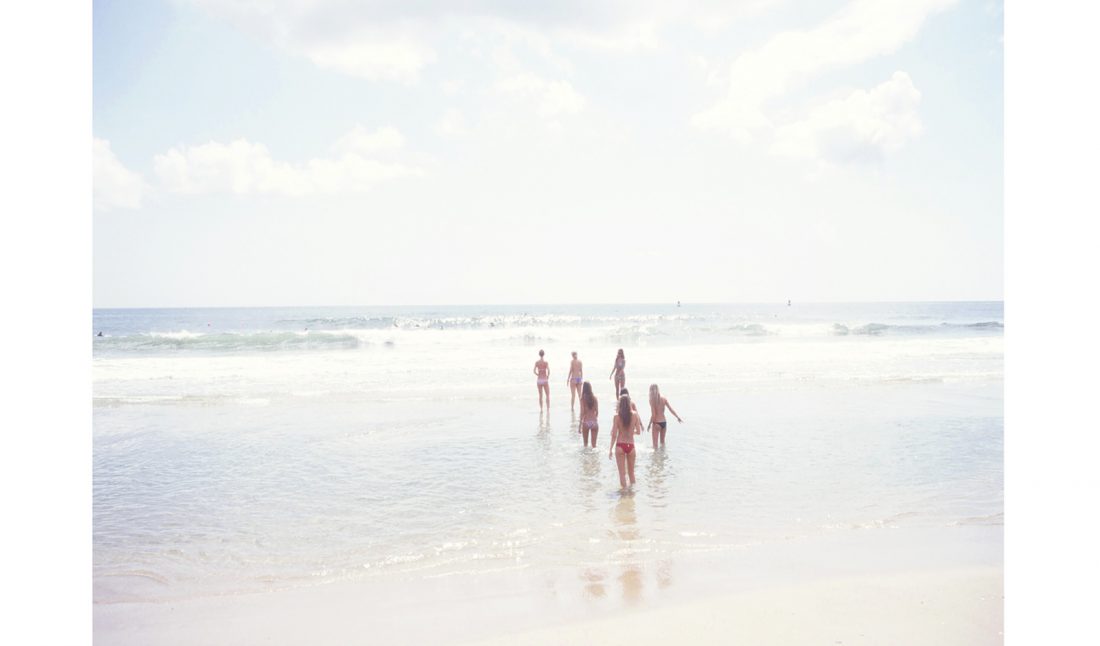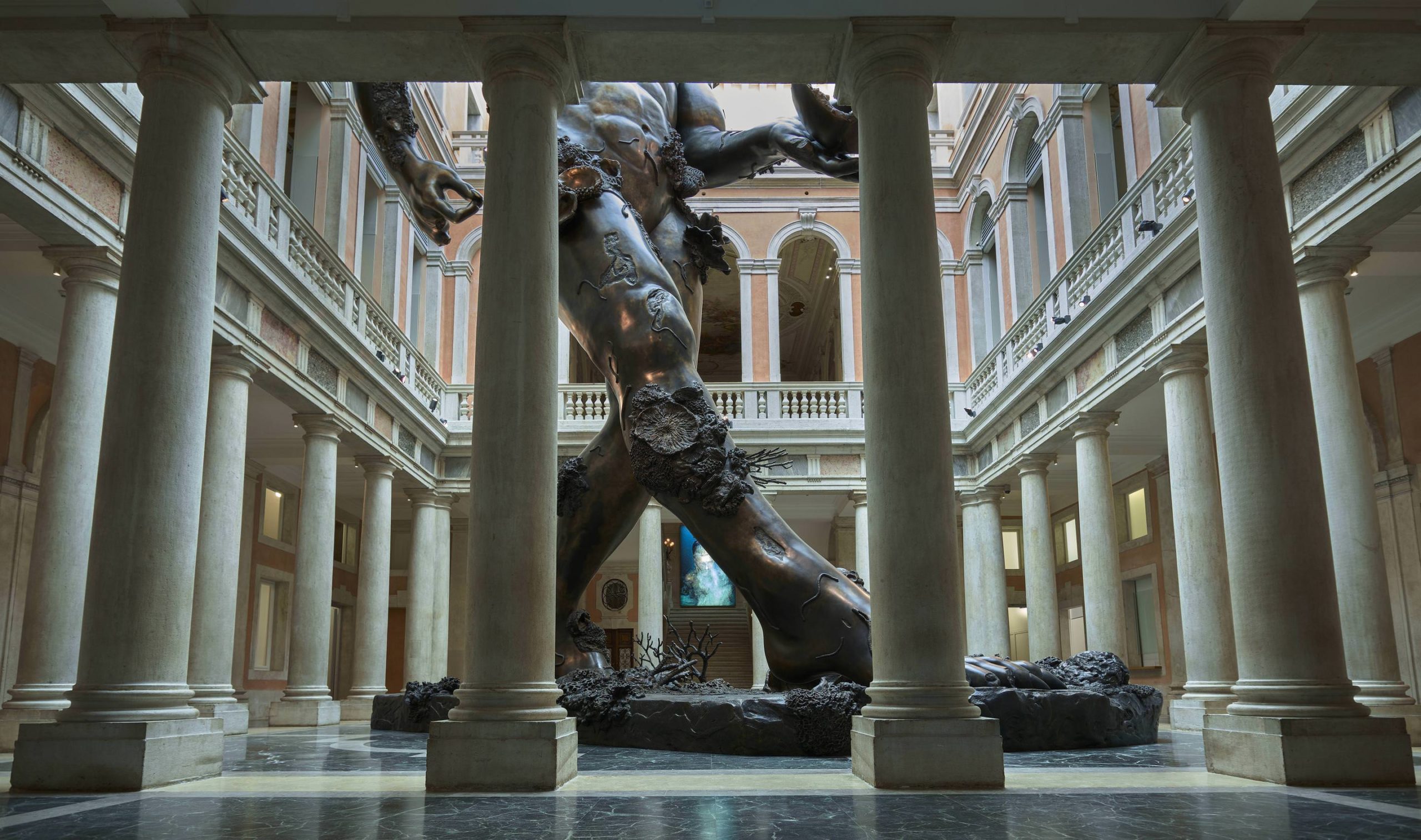Over a decade ago, fine art photographer Matthew Schwartz traded his guitar for a camera and set out to capture the essence of surf life all over the world. His dreamy scenes have developed a cult-like following, presented at international galleries and gaining the attention of collectors worldwide. Surfers, photography collectors, and purveyors of the “le bobo” lifestyle—like Billabong, Ace Hotel, and Anthropologie—have all acquired work by Schwartz using his aesthetic to illustrate their utopian dreams.
Schwartz grew up in New York in the eighties where pressure and possibilities were bedfellows at the cusp of the digital dawn. His photographic work is an analog version of virtual reality, channeling peaceful moments and communal euphoria. In his images, you find freedom as mantra and poetry as foundation. Using a traditional Polaroid transfer process, surfers are rendered carefree and beautiful, stripping away any harshness to leave only the best fragments of memory behind.
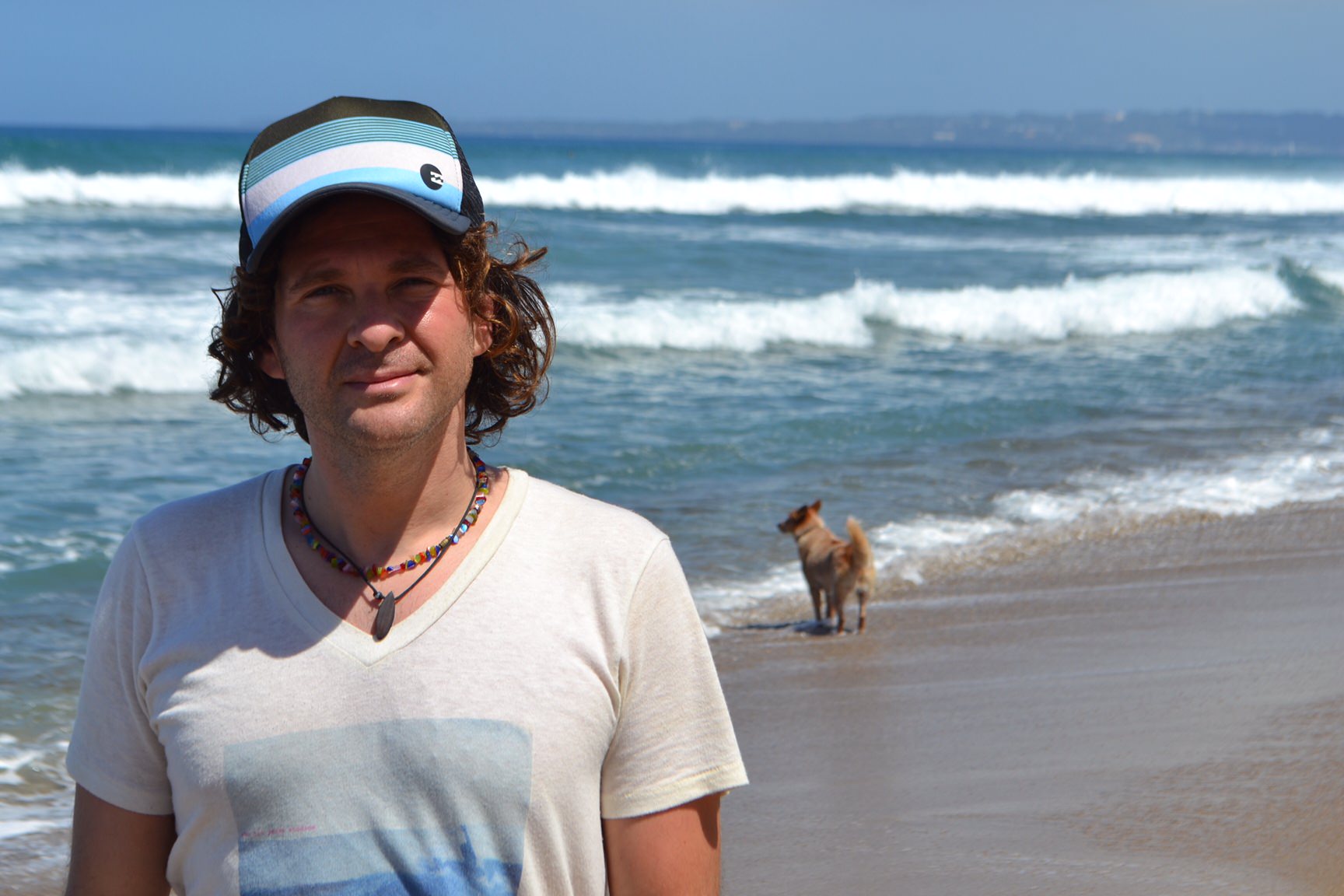 Matthew on location
Matthew on locationCourtesy of the artist
Hawaii, Peru, Ecuador, Brazil, the Dominican Republic, and Costa Rica, have set the stage for his Edens thus far. For two weeks this past July, Schwartz captured paradise on location at Rancho Santana on Nicaragua’s Pacific Coast.
Rancho Santana was founded in 1997 by a group of “accidental developers” who fell in love with Nicaragua’s culture and ruggedly beautiful landscape. The community is a hidden gem surrounded by 2,700 rugged acres of tropical forest in the Tolas region of Nicaragua’s Pacific Coast. Rancho is an eco-conscious community with a farm, wood shop, school, yoga studio and spa, horse stables, breathtaking homes, store, and hotel, all fully integrated into the local Nicaraguan community.
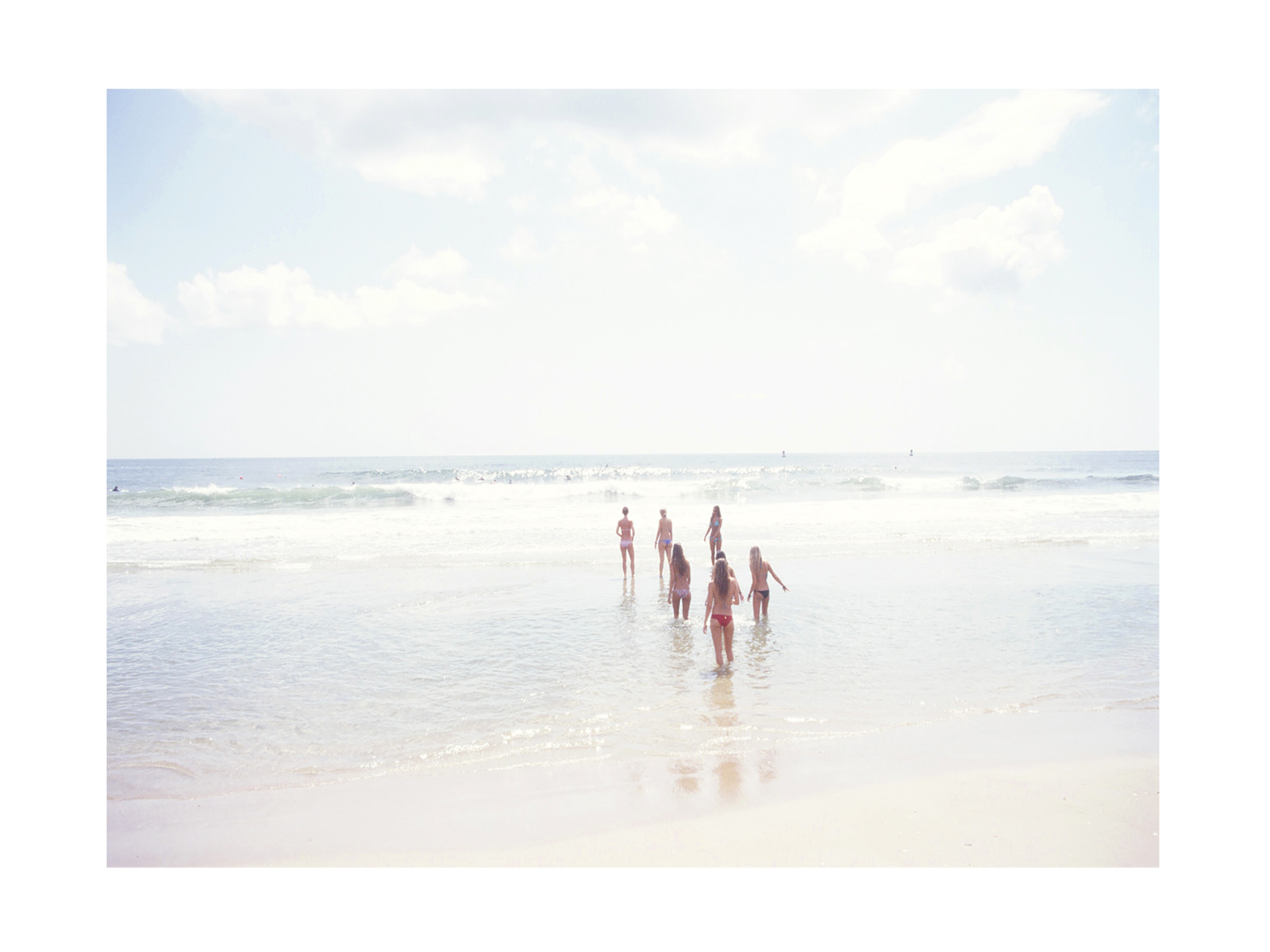 “7 girls,” shot on film in Virginia Beach
“7 girls,” shot on film in Virginia BeachCourtesy of the artist
Galeria Rancho Santana opened in March of 2015. The gallery’s program, which is curated by founding member Mark Ford and Suzanne Brooks Snider of Ford Fine Art in Delray, FL, is focused on warmth and richness of the work of Nicaraguan people.
In January 2018, Schwartz will unveil a new body of work at Galeria Rancho Santana including 100 limited-edition prints gifted exclusively to friends of the ranch. Rancho Santana’s CEO Matt Turner liked the idea that the ranch would be entirely new to Schwartz, imagining what he’d be able to capture with his camera. Whitewall sat down with Schwartz on location in Nicaragua to talk about his work, his nomadic lifestyle and his new love affair with Nicaragua.
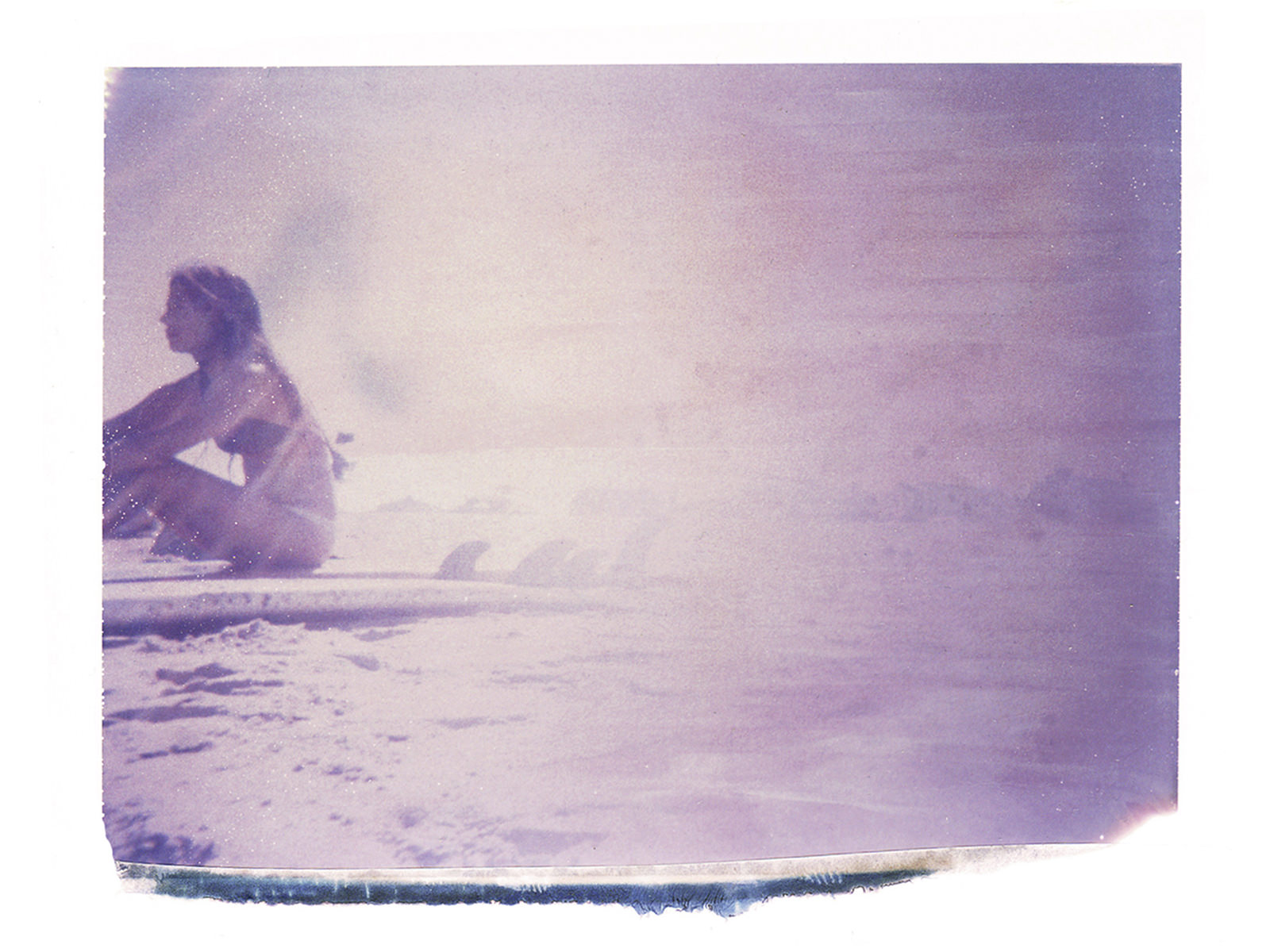 “Last Summer” a polaroid transfer of a friend/model shot in between surfing
“Last Summer” a polaroid transfer of a friend/model shot in between surfingCourtesy of the artist
WHITEWALL: Did you come from a creative household?
MATTHEW SCHWARTZ: My grandfather gave me my first camera because he was into the old school Super 8 camera and valued documentation. I just went through tons of his slides that I hope to some day incorporate into my work.
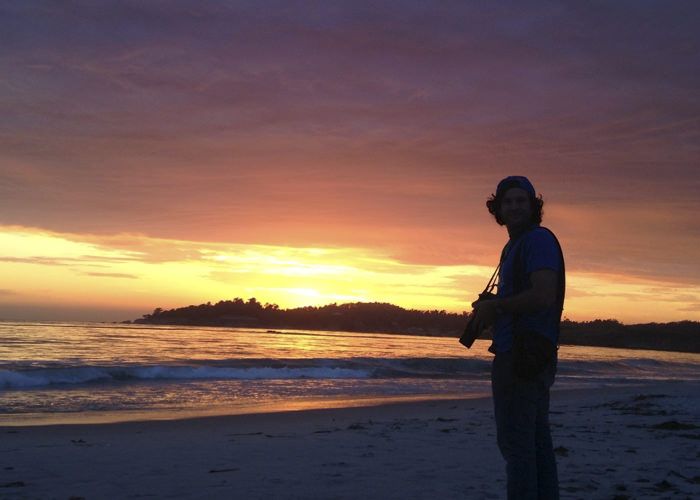
WW: When did your love for photography blossom?
MS: I attended the University of Colorado, Boulder where I majored in advertising and marketing. During my last semester in college I took a photography class and regretted I didn’t major in it. I simply didn’t know photography was an option as a major. My friend also ran the campus dark room. We would go in at night, play music and go crazy until the morning. I also always photographed girls I was dating or friends with. After graduation spent time traveling around Europe and Israel shooting like 900 images with a $35 Fuji camera but when I returned home but couldn’t afford to develop the 30 rolls of film I used. I always loved photography and thought it was romantic.
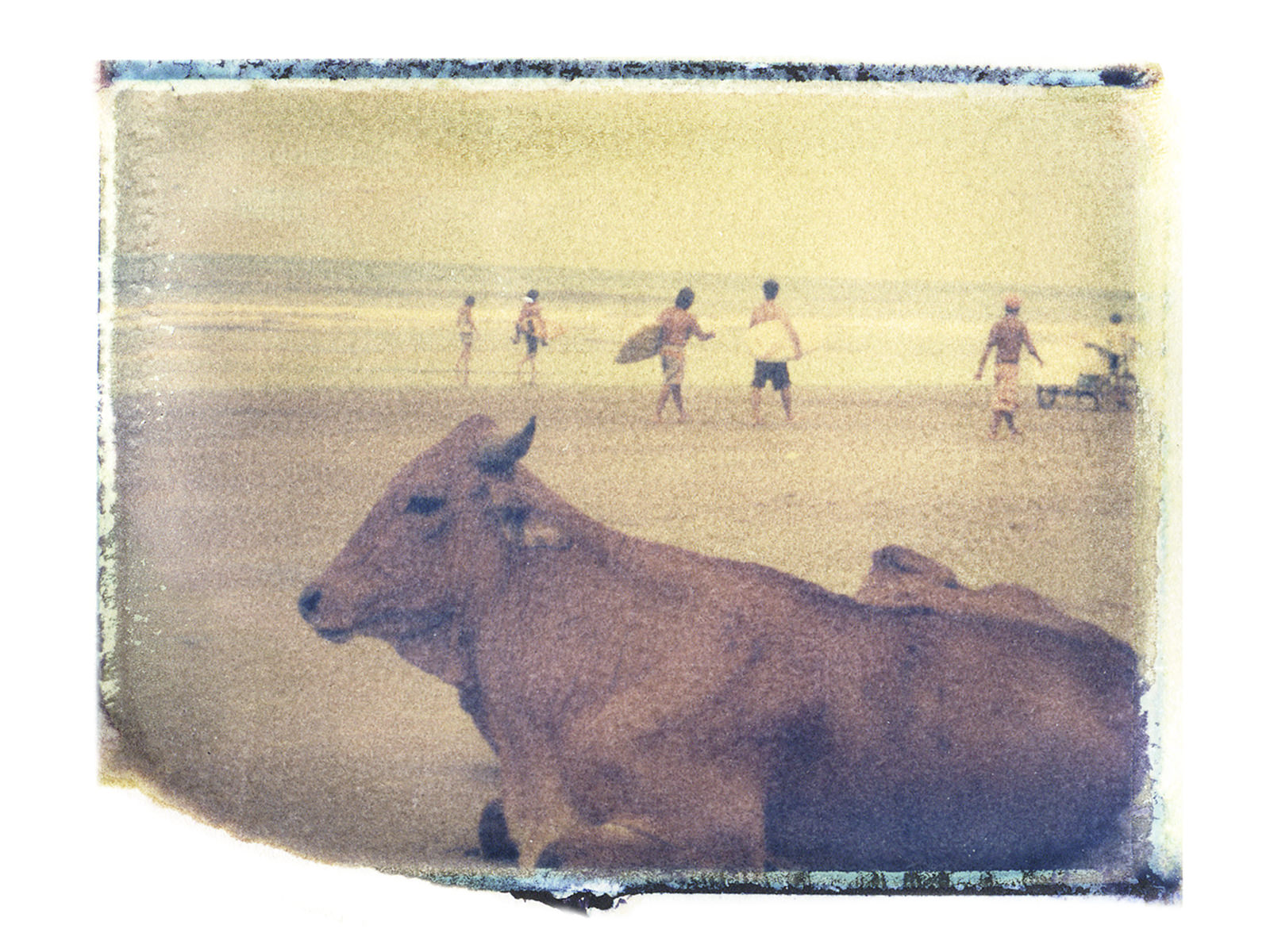 “Surf Cow,” a polaroid transfer shot in Ecuador
“Surf Cow,” a polaroid transfer shot in EcuadorCourtesy of the artist
Somehow, I put down the camera for a decade and picked up a guitar and started playing music instead. I had played on and off since I was 12. I became passionate about it and spent a year playing, worked on an album and then booked a tour. It was completely self-propelled. It was a moment. I don’t really do it now.
WW: What was the turning point?
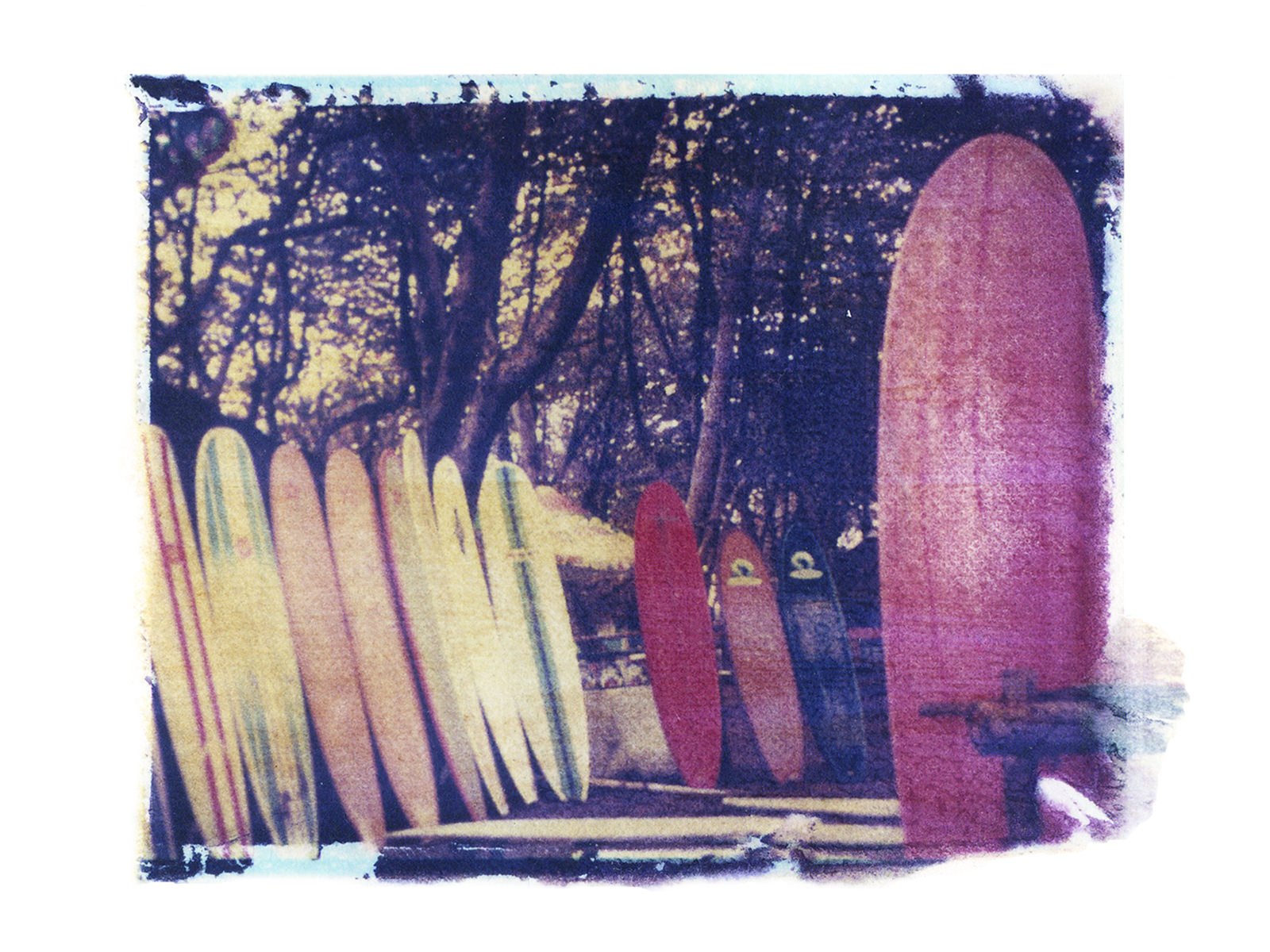 “Candy store,” a polaroid transfer, from The Dominican Republic
“Candy store,” a polaroid transfer, from The Dominican RepublicCourtesy of the artist
MS: I started working on this body of work 10 years ago. I’ve always been connected to surfers. I loved going to the Jersey Shore when I was a kid. Growing up in New York it seemed so exotic. I always loved the ocean. It’s like my siren.
About a decade ago I started taking surfing lessons in Long Beach New York. I brought my camera and that’s when I started with the Polaroids. My first series were a few images from Coney Island, some flowers and two girls. Then it just kept going.
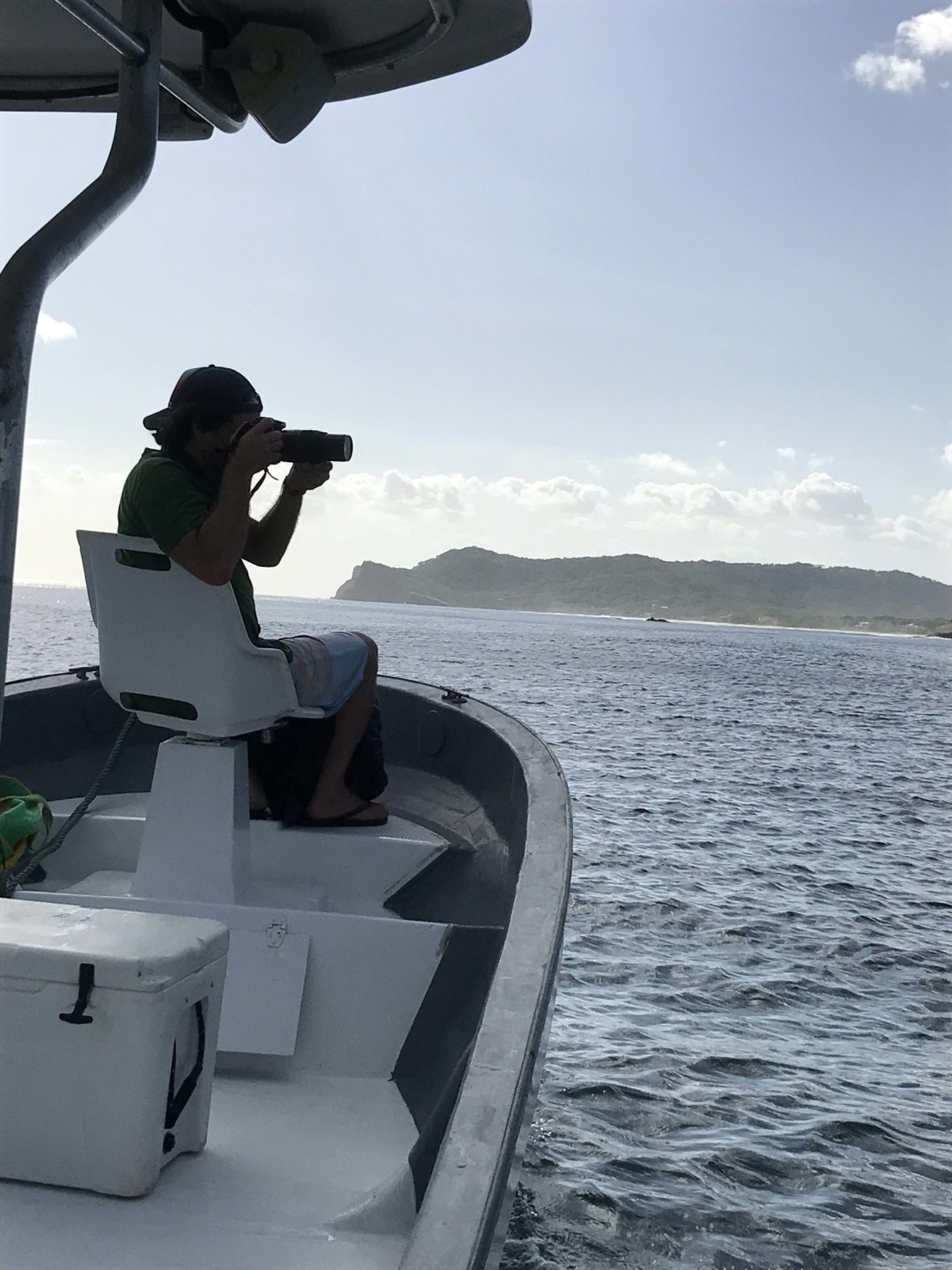 Matthew on location
Matthew on locationCourtesy of the artist
WW: Your presents more like painting than a photograph. What’s your process?
MS: I work with three processes. I use film, Polaroids and Polaroid transfer, depending upon what the scene calls for, and whatever camera is in my hand when I get inspired. People find the process of Polaroid transfer the most interesting to hear about. For this process, I am using expired peel apart Polaroid film. I take the image/polaroid and peel apart the image as it is developing. I then rub the negative onto watercolor paper and let the image and inks transfer onto that paper. I wait a few minutes and then pull the negative off. During that time, all the dyes transfer and the images peel and smudge in unique ways.
WW: How did you come to develop your current body of work?
MS: I assisted photographers and I learned what I didn’t want to become. There was always so much ego involved. I specifically went out of my way not to listen to them.
At the same time, I was shooting non-stop and had piles and piles of film images and had no clue what to do with them. As they got better and I felt that they were strong enough, I started sharing them.
Someone happened to tell me about the Polaroid Transfer process and I bought a book for $19.95. There were people using this process but everyone who was doing it was focused on just that versus the aesthetics. I felt I could expand on it and give it life. I filtered my eye through this process and it was a literal explosion. It took my voice as a photographer and amplified it.
Every time I go into a shoot I am nervous because I don’t know what’s going to happen. I need to enter it with an open mind and see where things take me. I never shoot models for my own work. I love the natural beauty and the awkwardness of it all. The fact that my work is relatable and approachable is very important.
WW: You’ve visited several countries. How do you choose the countries you visit? Talk to me about Nicaragua and Rancho.
MS: I am saturated with beauty here in Nicaragua. I’ve been traveling for 40 days and shooting so much vivid beauty. The oceans call me. I love going to raw places to capture the authentic culture. I have a need to go deeper and understand how to live here.
I’ve learned so much on this trip already. I am really interested in spending time here to understand how to live better. Every destination has a different vibe.
WW: Let’s talk about vibes. I am curious about your work as romantic poetic and dreamy but that isn’t how you relate to the world.
MS: Yes, that’s true, that’s why I create the work I do. On paper, I have a chill life but there is always a lot going on inside and out. When I press the camera button I lose myself and it all becomes one. I find myself and lose myself and find myself again. I am working on making my work match my life. I’m working on keeping that beauty longer than the photo shoot.
That’s how the name of my studio came about: She Hit Pause. I wrote “She Hit Pause” in a notebook, which was about meeting a girl or someone new and how you get caught in their magic. It is like they stop time. We become fully alive and the world stops. Photography is hitting pause on a moment. In this world, it is becoming more important to pause when things are going so fast. Photography is important because it allows time to stand still.






